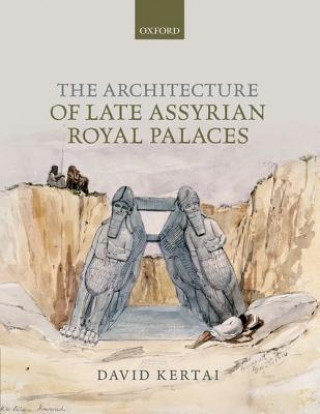
Livrare
Consilier de cumpărături





Nu se pretează? Nu contează! La noi puteți returna bunurile în 30 de zile
 Voucher cadou
orice valoare
Voucher cadou
orice valoare
Cu un voucher cadou nu veți da greș. În schimbul voucherului, destinatarul își poate alege orice din oferta noastră.
Architecture of Late Assyrian Royal Palaces
 engleză
engleză
 542 b
542 b
30 de zile pentru retur bunuri
Ar putea de asemenea, să te intereseze


The Late Assyrian Empire (c. 900 - 612 BCE) was the first state to rule over the major centres of the Middle East, and the Late Assyrian court inhabited some of the most monumental palaces of its time. The Architecture of Late Assyrian Royal Palaces is the first volume to provide an in-depth analysis of Late Assyrian palatial architecture, offering a general introduction to all key royal palaces in the major centres of the empire: Assur, Kalhu, Dur-Sharruken, and Nineveh. Where previous research has often focused on the duality between public and private realms, this volume redefines the cultural principles governing these palaces and proposes a new historical framework, analysing the spatial organization of the palace community which placed the king front and centre. It brings together the architecture of such palaces as currently understood within the broader framework of textual and art-historical sources, and argues that architectural changes were guided by a need to accommodate ever larger groups as the empire grew in size.
Informații despre carte
 engleză
engleză




 Cum să cumpăr
Cum să cumpăr





















